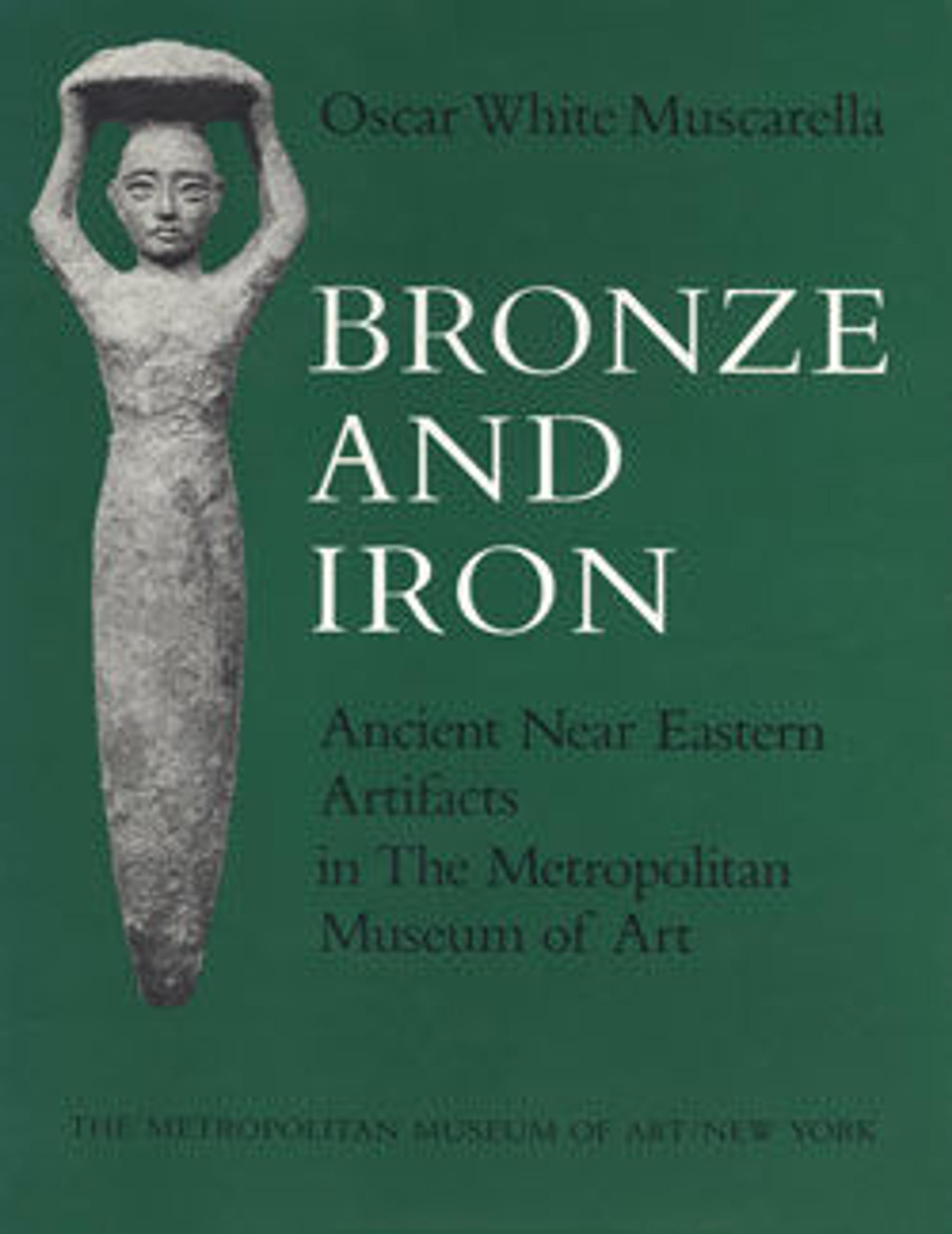Belt fragment
This is but one of hundreds of Urartian belts known to exist, all decorated with a variety of scenes—hunts, animals, deities, etc. Here, in panels divided by patterns, lions and bulls are hunted by otherworldly winged creatures. Joining fragments of this belt exist in two other museums. The pieces were dispersed almost a century ago, when a Russian scholar claimed the belt along with other Urartian material derived from a site at Gushi on the northwestern shore of Lake Urmia in northwest Iran. The belt may have been made in the seventh century B.C.
Artwork Details
- Title: Belt fragment
- Period: Iron Age III
- Date: ca. 7th century BCE
- Geography: Urartu
- Culture: Urartian
- Medium: Bronze
- Dimensions: 3 5/8 in. × 13 in. × 1 5/8 in. (9.25 × 33 × 4.2 cm)
- Credit Line: Rogers Fund, 1952
- Object Number: 52.123
- Curatorial Department: Ancient West Asian Art
More Artwork
Research Resources
The Met provides unparalleled resources for research and welcomes an international community of students and scholars. The Met's Open Access API is where creators and researchers can connect to the The Met collection. Open Access data and public domain images are available for unrestricted commercial and noncommercial use without permission or fee.
To request images under copyright and other restrictions, please use this Image Request form.
Feedback
We continue to research and examine historical and cultural context for objects in The Met collection. If you have comments or questions about this object record, please contact us using the form below. The Museum looks forward to receiving your comments.
